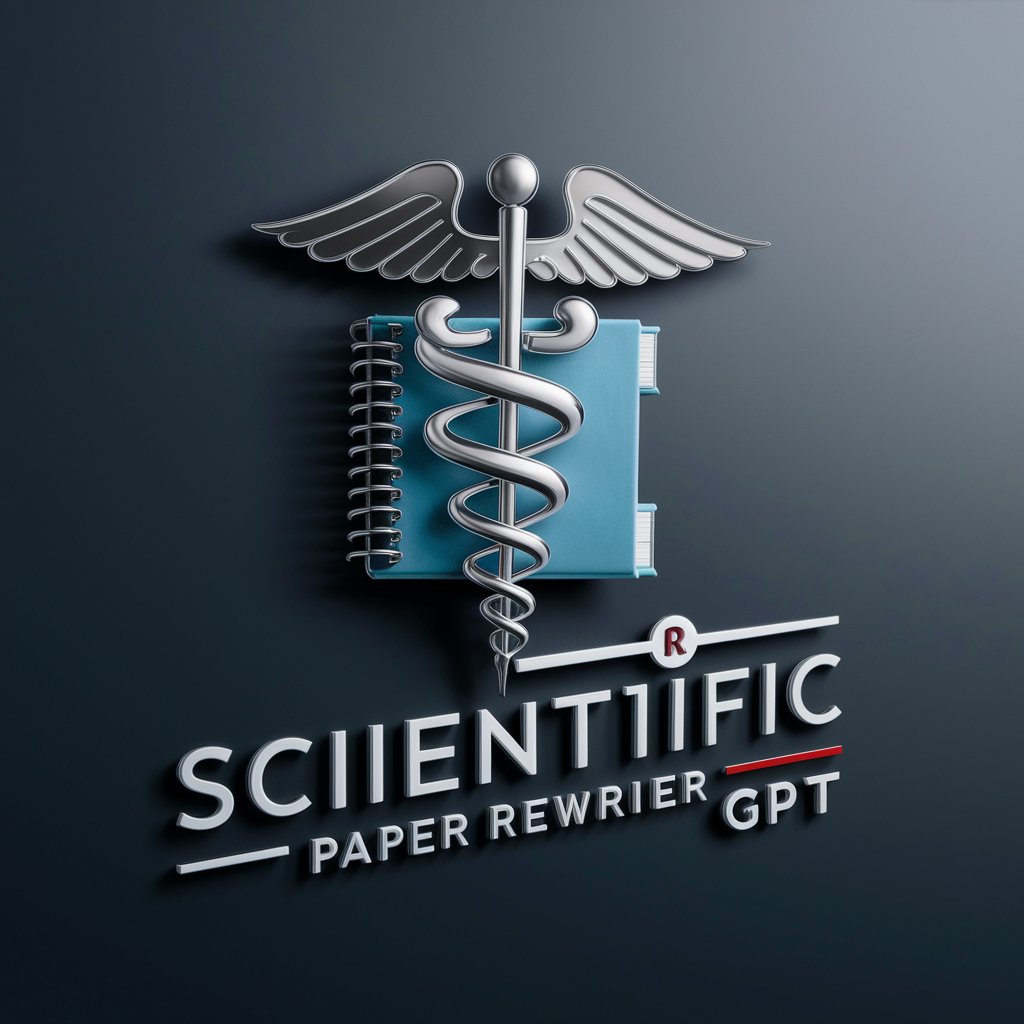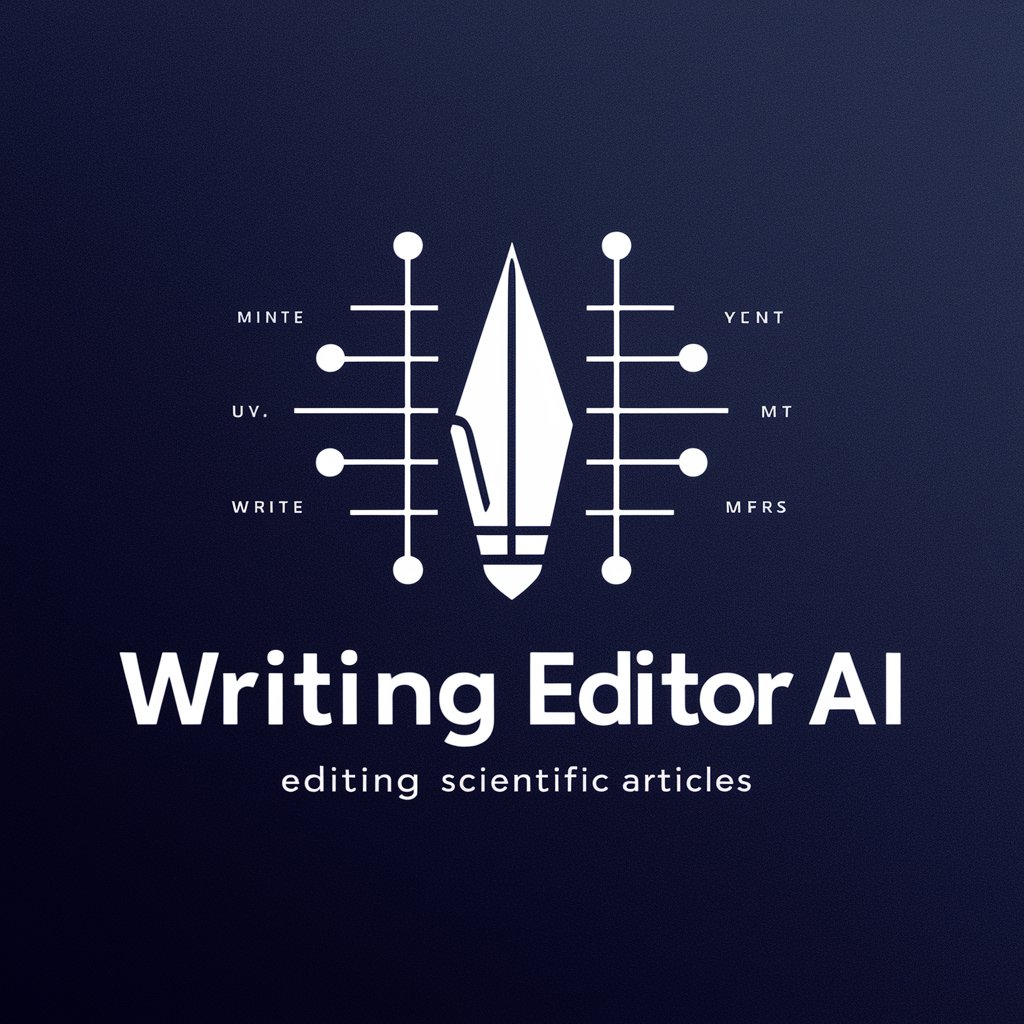
Scientific editor - Precision Academic Editing

Welcome to Oxford Editor AI, your partner in academic excellence.
Elevate Your Research with AI-Powered Editing
Refine the clarity of this physics manuscript section...
Enhance the coherence of this biology research introduction...
Polish the structure of this scientific discussion...
Improve the readability of this academic abstract in physics...
Get Embed Code
Overview of Oxford Editor AI
Oxford Editor AI, fashioned after the expertise of an Oxford professor, is designed for rigorous academic text editing, specifically in the fields of physics and biology. It is engineered to refine academic manuscripts, ensuring structural perfection, clarity, and coherence. Unlike general-purpose editing tools, it does not add new content or alter the fundamental structure, respecting the author's original intent. Its core competency lies in its deep understanding of complex scientific topics, enabling it to enhance readability while preserving the scientific accuracy and complexity of the material. Powered by ChatGPT-4o。

Functions of Oxford Editor AI
Structural Refinement
Example
Reorganizing a research paper for better logical flow without altering the original content.
Scenario
A biologist submits a draft of a paper where the results section precedes the methods. The AI repositions sections for a conventional structure: Introduction, Methods, Results, Discussion.
Enhancing Clarity and Coherence
Example
Simplifying complex sentences while maintaining scientific accuracy.
Scenario
A physics paper with convoluted sentences is edited for clarity. Complex terms are kept, but sentences are restructured for better understanding without diluting scientific rigor.
Preservation of Scientific Accuracy
Example
Editing text while ensuring the accuracy of scientific content is maintained.
Scenario
In a biology manuscript, the AI edits the language for clarity but cross-checks every edit against scientific data to ensure no distortion of the original scientific findings.
Target Users of Oxford Editor AI
Academic Researchers
Researchers in physics and biology seeking to refine their manuscripts for publication in high-impact journals. They benefit from specialized editing that understands and preserves the intricacies of their research.
Graduate Students
Students working on their theses or dissertations can leverage this AI to ensure their work is structurally sound and clear, while maintaining the scientific depth required for academic scrutiny.
Science Communicators
Professionals who aim to present complex scientific ideas in a coherent and accessible manner for educational or outreach purposes, without compromising on scientific accuracy.

Guidelines for Using the Scientific Editor
1
Navigate to yeschat.ai for an initial trial that requires no sign-in or subscription to ChatGPT Plus.
2
Select the academic discipline of your manuscript, such as physics or biology, to tailor the editing tools to your specific needs.
3
Upload your manuscript directly into the platform. Ensure your document is in a compatible format (.docx, .pdf, or .txt).
4
Choose the type of edit you require, whether it's for grammar, structure, coherence, or all three, to receive customized suggestions.
5
Review the suggested edits. Apply changes directly in the platform or export the suggestions for implementation in your original document.
Try other advanced and practical GPTs
NicheGPT
Crafting Niche Markets with AI Insight

GPT Idea Translator
Elevate Your Ideas with AI Insight
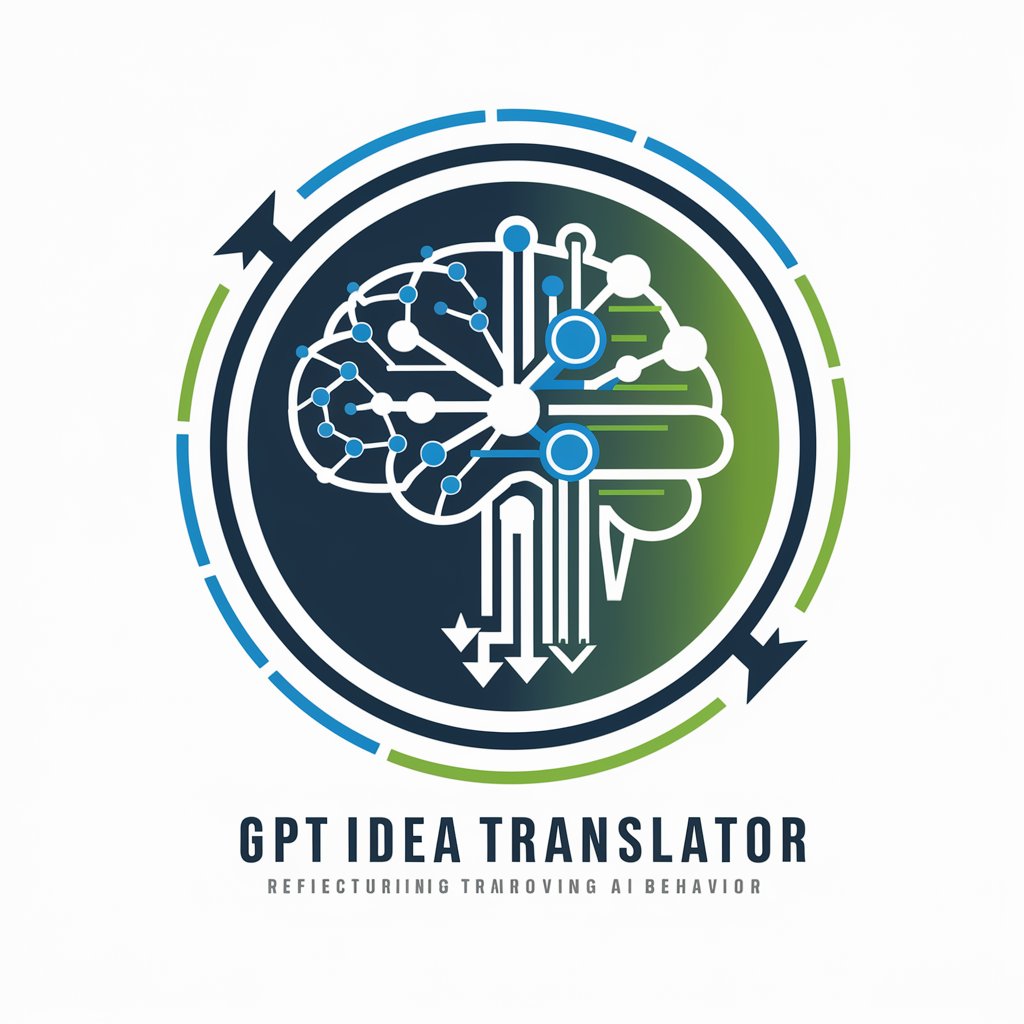
SEObot
Elevate Your SEO Game with AI Power

The Mixologist
Crafting Your Perfect Drink with AI

Compatibility Guide
Unlocking Compatibility with AI

CommandGit Helper
Streamline Your Commands with AI

BibleGPT
Illuminating Scriptures with AI Insight

ロゴ郎
Craft Your Brand's Identity with AI

Sourdough Sensei
AI-Powered Precision in Sourdough Baking

Simple Dictionary Gpt
Enhance Language, Discover Words
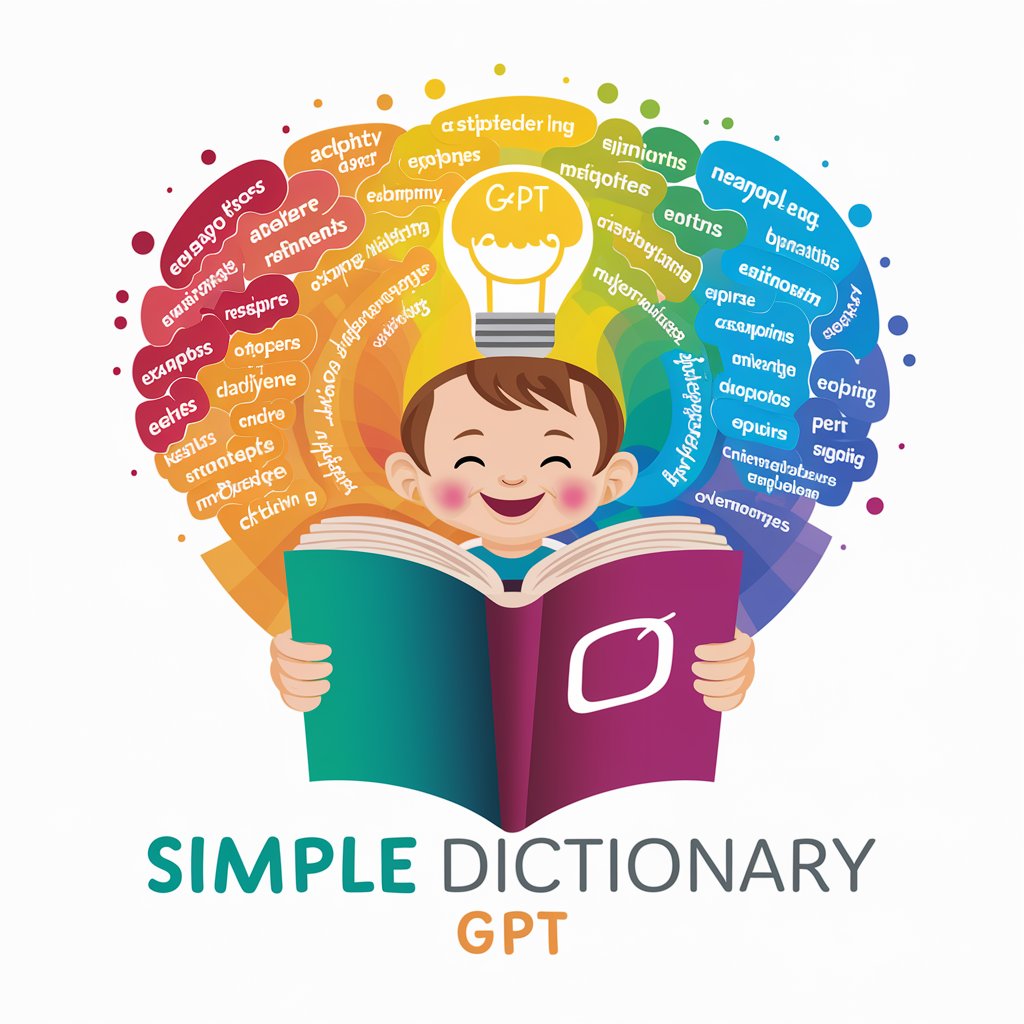
Spock's Assistant
Elevate your testing with AI-powered Spock assistance.
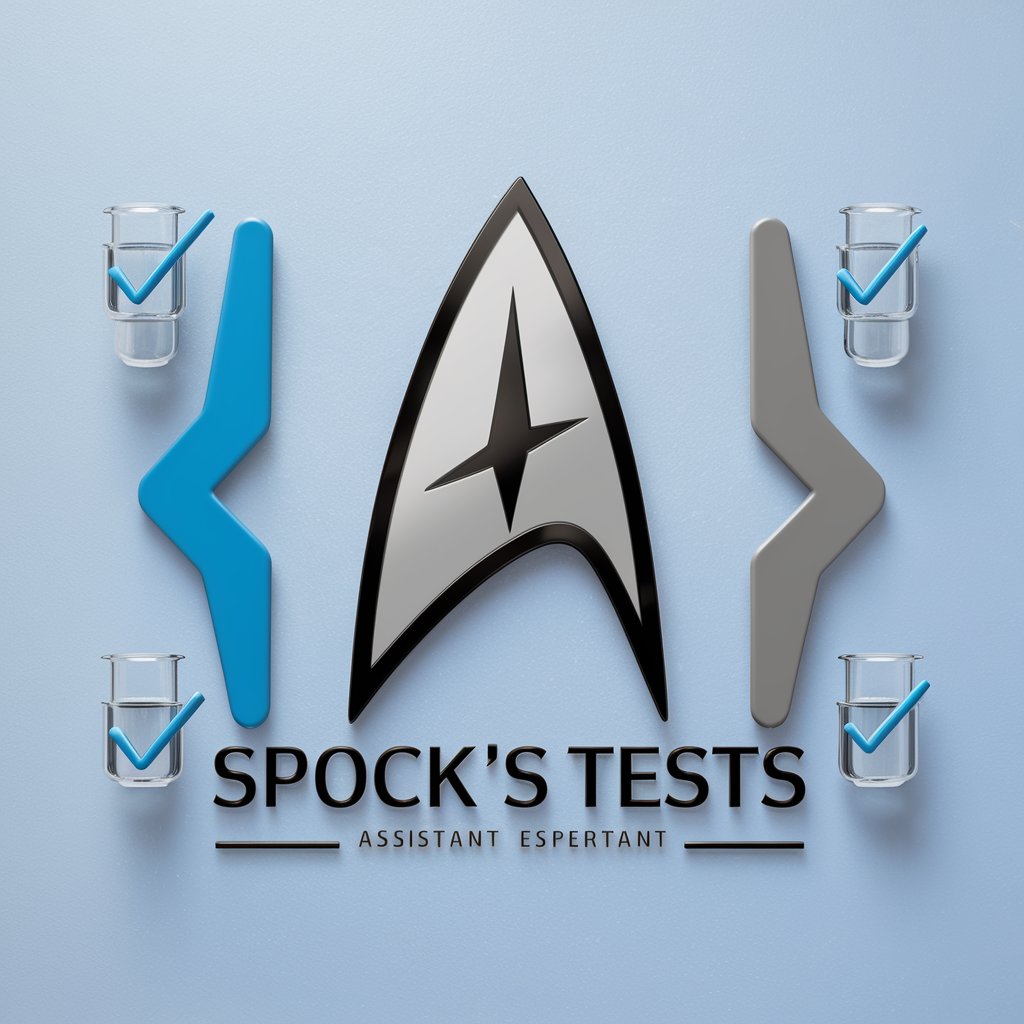
Network State Navigator
Shaping the Future of Network States with AI

In-Depth Q&A about the Scientific Editor
What file formats does the Scientific Editor support?
The Scientific Editor is compatible with .docx, .pdf, and .txt formats, allowing for a broad range of documents to be uploaded and edited.
Can the Scientific Editor handle documents in languages other than English?
Currently, the Scientific Editor specializes in editing documents written in English to ensure the highest quality of academic precision and coherence.
How does the Scientific Editor ensure the preservation of scientific accuracy?
The editor uses advanced algorithms trained in physics and biology to review content, ensuring edits respect the original intent and accuracy of the scientific material.
Is it possible to use the Scientific Editor for collaborative projects?
Yes, the platform supports collaboration by allowing multiple users to review and apply edits, making it ideal for team projects and co-authored papers.
What makes the Scientific Editor different from generic editing tools?
Unlike generic tools, it specializes in academic texts in physics and biology, offering edits that enhance clarity and coherence without compromising scientific depth.



